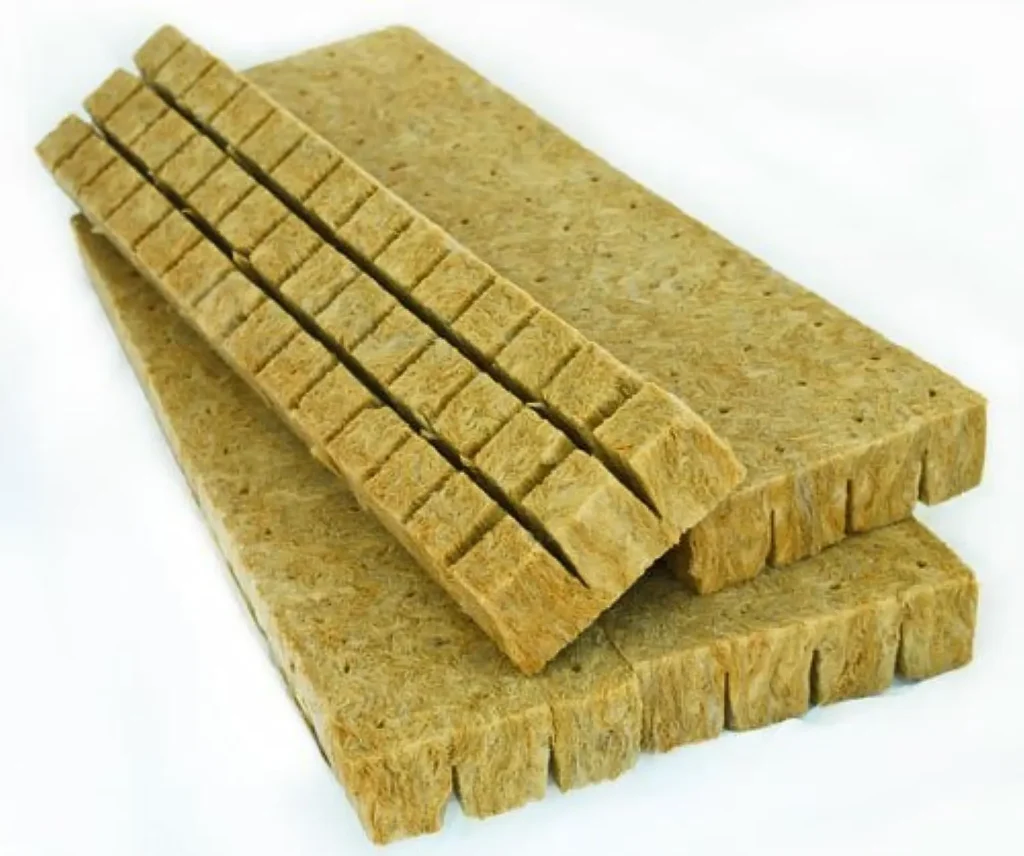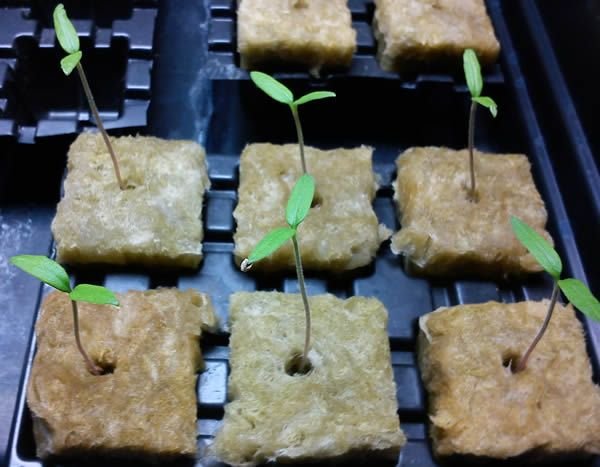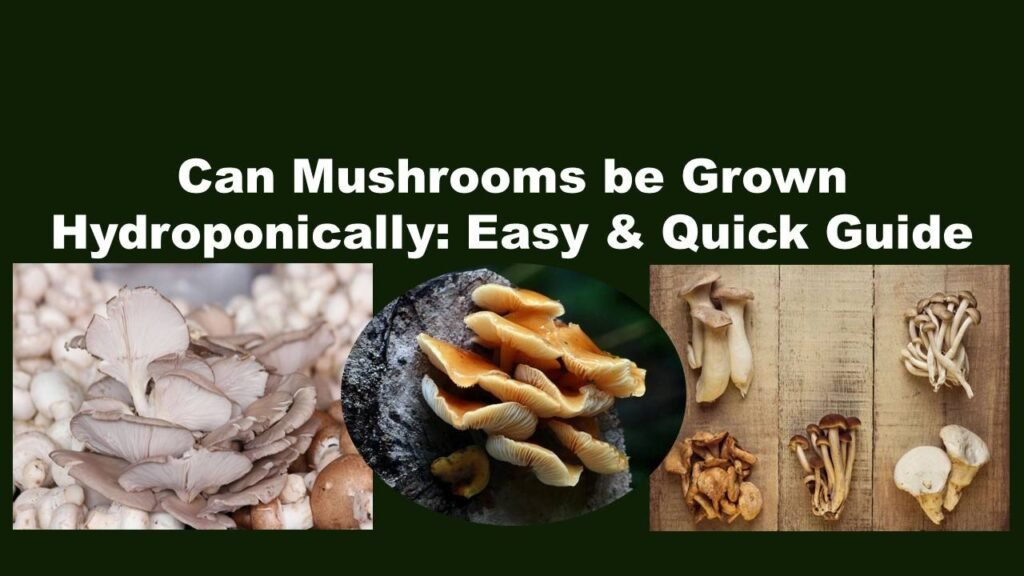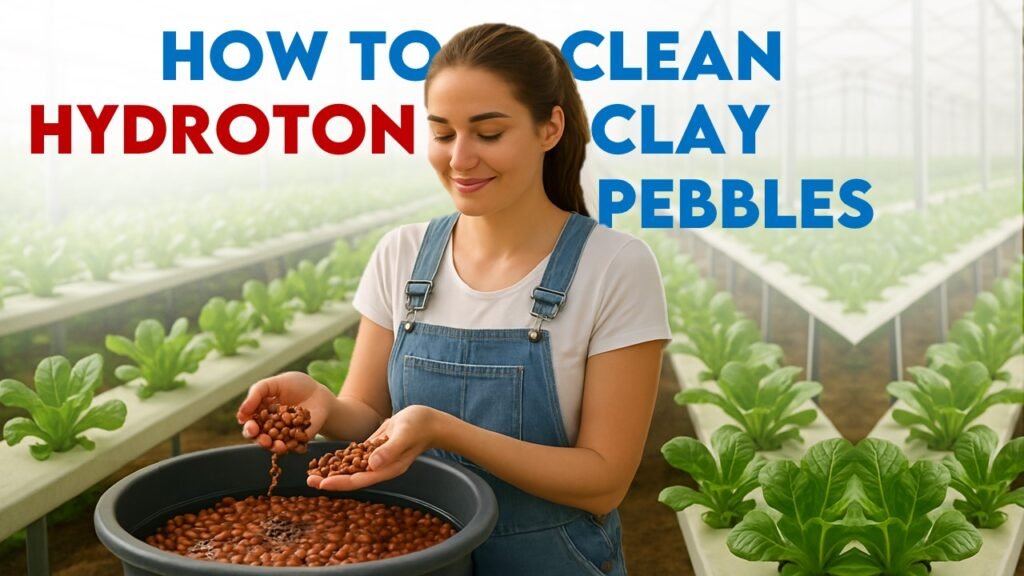Rockwool Hydroponics Pros and Cons: Insider Facts
Rockwool, also known as mineral wool, is a versatile and widely used growing medium in hydroponics. Derived from volcanic rock or limestone, rockwool is processed into dense fibers that offer excellent water retention and aeration properties, making it ideal for plant cultivation. In hydroponics, rockwool is one of the famous media which provides a good growth to plants due to its unique feature which we will discuss in this article. Its fibrous structure gives a favorable or we can say desirable rhizosphere to the plant to have a good portion of air as well as water.
As it is a non reactive and sterile nature which makes it good in balancing the pH in hydroponics as pH is the one of the most important factors for maintenance. Additionally, rockwool is pH neutral, allowing for easy adjustment of nutrient solutions to suit specific plant requirements.
Rockwool is commonly used for starting seeds and propagating cuttings due to its uniform texture and consistent moisture retention. Here we can touch all the “Rockwool Hydroponics Pros and Cons” by covering all the aspects.

image source: amazon
What is Rockwool Hydroponic System
Rockwool hydroponics is a method of growing plants without soil, using rockwool as the growing medium. Rockwool as a grow medium is man-made mineral fiber. It’s created from rock that has been melted and spun until it’s become fiber much like fiberglass. These fibers are then compacted and shaped into a slab or into smaller cubes. They break apart easily and are often used right from the seedling stage. When breaking apart rockwool slabs or cubes, be sure to wear face protection because these are tiny fibers you’re handling and you do run the risk of ingesting the dust. Rockwool is not a natural material and is therefore not biodegradable

image source: pure hydroponics
Rockwool Hydroponics Pros and Cons:
Advantages of Rockwool Hydroponic System:
1. Excellent Water Retention and Drainage
- Water Retention: Rockwool can hold a significant amount of water, ensuring that plants have a consistent supply of moisture.
- Drainage: Despite its high water retention capacity, rockwool also drains well, preventing waterlogging and root rot.
- In the topic of “Rockwool Hydroponics Pros and Cons” it can be the most important pros of rockwool medium.
2. Optimal Aeration
- The fibrous structure of rockwool provides excellent aeration, promoting healthy root development by ensuring that roots receive ample oxygen.
3. Sterile Growing Medium
- Rockwool is naturally sterile, which reduces the risk of introducing pests, diseases, or weeds into the hydroponic system.
4. Consistent Quality and Availability
- Rockwool is manufactured under controlled conditions, ensuring uniformity in texture and composition.
5. Inert and pH Neutral
- Initially, rockwool is chemically inert and pH neutral, which means it doesn’t interfere with the nutrient solution’s pH levels. However, it may require pH adjustment over time.
- pH plays an important role in hydroponics as it allows the proper nutrition absorption through roots in the plant. It should be considered an important aspect of hydroponics. It is the important part of “Rockwool Hydroponics Pros and Cons”.
6. Reusability
- With proper cleaning and sterilization, rockwool can be reused for multiple growing cycles, making it a cost-effective and environmentally friendly option. It can further be used many times as it does not degrade in a faster growth.
7. Compatibility with Various Hydroponic Systems
- Rockwool can be used in a variety of hydroponic systems, including NFT, ebb and flow, drip systems, DWC, and wicking systems, making it versatile and adaptable.
8. Enhanced Root Growth
- The structure of rockwool encourages extensive root growth, leading to better nutrient uptake and overall plant health.
9. Efficient Use of Nutrients and Water in Hydroponics
- Hydroponic systems with rockwool are in such a way that they deliver nutrients and water directly to the plant roots, leading to efficient use of resources and reduced waste.
- This growing media has the ability to retain water for longer periods and also have a proper moisture level which is good for the plant and roots.
Disadvantages of Rockwool Hydroponic System:
1. pH Instability
- Initial pH Adjustment: Rockwool can have a high pH initially, requiring soaking in pH-adjusted water to neutralize it before use.
- Ongoing pH Fluctuations: Over time, rockwool can become alkaline, necessitating regular monitoring and adjustment of the nutrient solution’s pH. As a good pH is a pros in “Rockwool Hydroponics Pros and Cons” and a bad pH is a cons in this way.
2. Non-Biodegradable
- Environmental Impact: Rockwool is not biodegradable, which poses environmental disposal challenges. Used rockwool must be disposed of properly, as it does not break down naturally in landfills.
- Waste Management: Disposal can be problematic, especially for large-scale operations generating significant amounts of used rockwool.
3. Handling and Health Concerns
- Irritation: Handling rockwool can cause skin, eye, and respiratory irritation due to its fibrous nature. Protective clothing, gloves, and masks are recommended when working with it.
- Dust: Cutting and handling rockwool can generate dust, which can be irritating and potentially harmful if inhaled.
4. Cost
- Initial Cost: Rockwool can be more expensive than some other growing media, particularly for large-scale setups.
- Long-Term Cost: While reusable, the need for proper cleaning and sterilization between uses can add to the long-term costs.
5. Water Retention Issues
- Overwatering Risk: While rockwool retains water well, it can also lead to overwatering if not managed correctly, potentially causing root rot and other moisture-related issues. in “Rockwool Hydroponics Pros and Cons” water retention is a big problem or we can say cons for rockwool medium.
6. Limited Nutrient Buffering
- Unlike soil, rockwool does not buffer nutrients, meaning any changes in the nutrient solution are directly experienced by the plants.
7. Initial Preparation
- Soaking Requirement: Rockwool must be soaked and pH-adjusted before use, adding an extra step to the setup process.
- Time-Consuming: This preparation can be time-consuming, especially for larger systems.
8. Sterilization Between Uses
- Cleaning Requirement: To reuse rockwool, it must be thoroughly cleaned and sterilized, which can be labor-intensive and requires proper facilities.
- Potential for Disease Carryover: If not properly sterilized, reused rockwool can harbor pathogens and pests, potentially infecting new crops.
9. Potential for Compaction
- Over time, rockwool can become compacted, reducing aeration and affecting root health.
How to Start Seeds in Rockwool Hydroponics:

image source: pinterest
Material Required:
- Rockwool cubes
- pH-adjusted water (pH 5.5 – 6.5)
- Seeds
- Seedling tray or container
- Plastic dome or cover (optional, for humidity control)
- Hydroponic nutrient solution (diluted for seedlings)
- pH testing kit or meter
Steps to Start Seeds in Rockwool Hydroponics:
| Step | Description |
| 1. Prepare Rockwool Cubes | Soak rockwool cubes in pH-adjusted water (pH 5.5-6.5) for 30-60 minutes. Shake off excess water. |
| 2. Plant the Seeds | Place soaked cubes in a tray. Make a small hole in each cube, insert 1-2 seeds, and cover lightly. |
| 3. Maintain Humidity and Warmth | Cover tray with a plastic dome. Place in a warm, well-lit area (70-75°F). Use a heat mat if needed. |
| 4. Monitor Moisture Levels | Keep cubes moist but not waterlogged. Mist with pH-adjusted water as needed. Ensure proper drainage. |
| 5. Provide Light | Once seedlings emerge, provide adequate light. Use grow lights if necessary, keeping them 2-3 inches above the seedlings. |
| 6. Nutrient Solution | Feed seedlings with a diluted hydroponic nutrient solution (1/4 to 1/2 strength) after first true leaves develop. Maintain pH 5.5-6.5. |
| 7. Transplanting | Transplant seedlings to the main hydroponic system once they have a strong root system and are large enough. Handle cubes carefully. |
Best Alternatives of Rockwool:
as in “Rockwool Hydroponics Pros and Cons” their are many factors which can not be suited for the hydroponic system of any person, so these are some other best alternatives of rockwool for hydroponics
1. Coconut Coir (Coco Coir)
- Description: Made from the husk of coconuts, coco coir is a renewable and sustainable growing medium.
- Benefits: Excellent water retention and aeration, pH-neutral, biodegradable, and renewable.
- Drawbacks: Requires rinsing to remove salts, and can break down over time, potentially affecting drainage and aeration.
2. Perlite
- Description: A lightweight, volcanic glass that has been expanded by heat treatment.
- Benefits: Excellent drainage and aeration, sterile, pH-neutral, reusable.
- Drawbacks: Can be dusty and may need to be mixed with other mediums for better water retention.
3. Vermiculite
- Description: A mineral that expands when heated, used for its high water-holding capacity.
- Benefits: High water retention, good aeration, pH-neutral, lightweight.
- Drawbacks: Can compact over time, reducing aeration; best used in combination with other media.
4. Clay Pebbles (Hydroton or LECA)
- Description: Lightweight expanded clay aggregate, often used in hydroponics for its stability and drainage properties.
- Benefits: Reusable, excellent drainage and aeration, pH-neutral, inert.
- Drawbacks: Can be expensive, heavy, and may require periodic cleaning to prevent salt buildup.
5. Peat Moss
- Description: Decomposed sphagnum moss, often mixed with other media for hydroponics.
- Benefits: High water retention, good aeration, promotes root growth.
- Drawbacks: Non-renewable, can be acidic (requires pH adjustment), and may compact over time.
6. Growstones
- Description: Made from recycled glass, growstones are a sustainable alternative to other hydroponic media.
- Benefits: Excellent aeration and drainage, pH-neutral, made from recycled materials, reusable.
- Drawbacks: Can be expensive and may produce dust.
Conclusion:
As we discuss rockwool is one of the best growing media in hydroponics but also has some disadvantages over other growing media. It is appropriate to select a media according to the hydroponic system which is to be used and also the cost and availability in the nearby location. Before using rockwool hydroponics one must know all the “Rockwool Hydroponics Pros and Cons”, which will help in selection of the growing medium.
Do You Really Know About Hydroponics? Let’s Play a Quiz!
Think you know everything about hydroponics? It’s time to put your knowledge to the test! Play this interactive quiz and challenge yourself with questions about soil-less farming, nutrient solutions, and the amazing world of hydroponics.
Hydroponics Puzzle Quiz Game
Test your knowledge and reasoning in hydroponics with this fun and interactive quiz game!
Congratulations!
Join Our Hydroponics Growers Group!
Connect with fellow hydroponics enthusiasts, share your ideas, ask questions, and grow together as a community.
👉 Join WhatsApp Group






